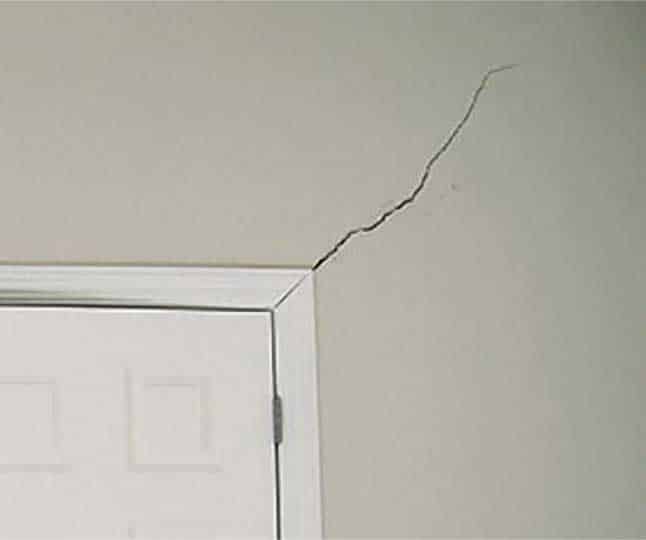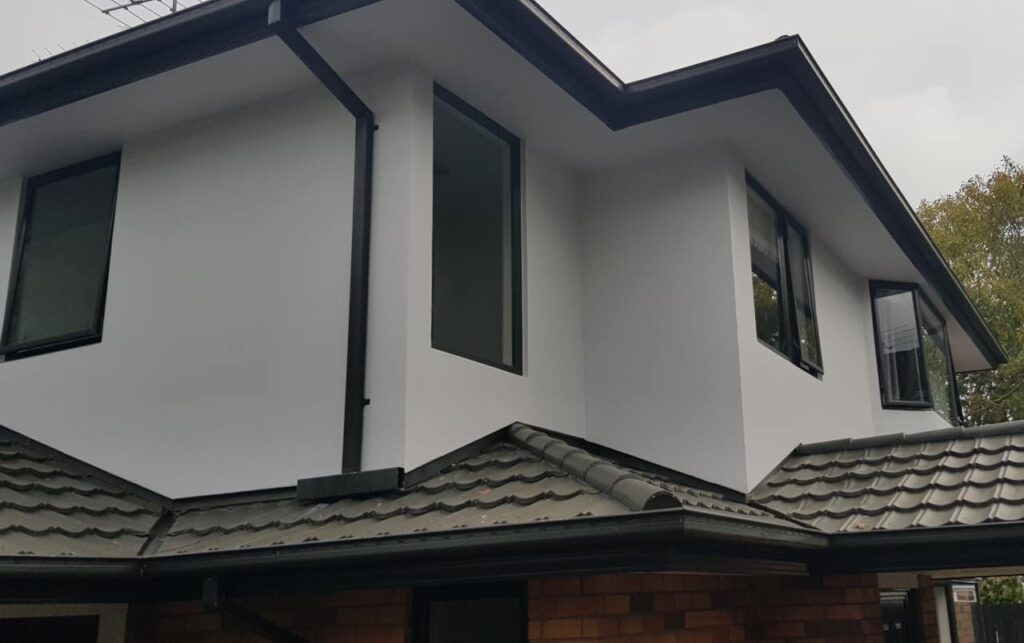What To Consider When Getting Your House Painted

Sooner or later the time that will come that you need to get your house painted. I can be daunting, but with the right help and the right advice the talk can be quite rewarding. House painting gives you the opportunity to modernise your home and to add value, often far beyond the cost of painting. Here we map out the tasks to a successful end result. Decide what must be painted. Having painters in and around your house can be intrusive, no matter how careful they are. If you get the outside painted, it may be a good idea to get some of the inside rooms painted at the same time. Decide which rooms (if any) need to be painted or whether there are touch up’s necessary. Even if the exterior of the house needs more attention on the whether or sunny side of the house, it’s probably a good idea to get the entire exterior painted. Our own research has shown that if you get as much of the painting done in one go it will save costs in the long run. Get inspired. This is a good time to get some color ideas and it’s worthwhile to work with a color consultant. Some painting companies include a consultation in their pricing, others may charge a small fee. It is well worth getting color ideas from a professional to make sure that your home is fitting the new trends and for you to get to know all the colour options that are available. Get more than one quote. But don’t fall into the price trap. Price is probably the last consideration, unless it’s far off other quoted. Compare apples with apples. Take care that your quote includes scaffolding and other costs that may be necessary. There is also a significant difference in paint quality. Go with known brands like Dulux or Resene and don’t be swayed to choose paint of unknown quality based on price. Good paint lasts a lot longer than an inferior product and over time this will be a cost saving rather than an added cost. Choose your paint company based on their experience. Many issues can be hidden with a coat of paint, only to re-surface soon after the painting company has left. A good painting company will outline issues that have to be addressed before paint can be applied. An example of this are window sills that need fixing and leak-proofing before they can be painted. A house with plaster cladding or monolithic cladding may need attention that requires expertise in that field. You should deal with a company that can identify and address these issues as part of the complete paint job. If there is remedial work to be done, then get this included in the quote. Get references. If you look at customer reviews online then be aware that some of them could be fake, but they will give you an idea of how the company performs. Get some references from the company as well and if possible ask to see the result. Do a Pre Painting Walk through. Before work begins, ask your painting company to give you a walk-through of that work that they will be doing. That should include them pointing out all the remedial work that will be done and how it will be addressed. Here’s is a good opportunity for them to tell you about their company, what guarantees they give and whether they are insured, just in case things go wrong. At Homesmart we know that our reputation rests on the quality of house painting we do as well as the quality of the remedial work. We treat every that house we paint in Auckland as a potential reference for more business. Get in touch with us for a free quote.
The Benefits of Painting

Painting your home has got more benefits than just sprucing up the look and colour. In the long run there are cost savings, not only from protecting the home, but because the value of the home is also protected or even increased by keeping the exterior neat, tidy and fresh. Cost Savings Home owners that recognise the benefits of exterior painting and paint regularly will definitely see long-term cost savings. Over time, those savings can be substantial. Any moisture that can penetrate the walls will cause damage, whether your home is classed as a “leaky home” or not. Painting helps to keep moisture out of the sub-structure and the walls and will prevent long-term damage. We see a difference in the way paint is applied. Making sure that there is a good seal in areas like window sills and similar places that are prone to moisture ingress is paramount. In many cases these areas require special treatment and maintenance before paint is applied. Paint Quality Be careful to purchase a high-quality paint like Resene or Dulux. Painting with a low-quality paint simply does not create a lasting water-proof finish and you’ll have the cost of re-painting far sooner than would be required with a top-quality paint and an top-quality paint application. Long- term surface protection Sun, wind and rain have a massive impact on the exterior of your home. If there was no paint, it would probably only take a small number of years before the home would crumble. Paint protection is vastly underrated if you think what it has to endure on a day-to-day basis. While the paint protects the walls, its also a good idea to protect the paint. Mould, dust and grime will contribute to eroding the paint surface. To extend the life of your paint, a good house wash ensures that the paint itself stays in good shape. The value of your home A freshly painted house stands out in the street. Painting your home before you put it on sale will definitely add value. Ensure though that the painting is complete. The contrast between a freshly painted surface and one that has not been painted is immediately visible and there is a risk of highlighting the unpainted area, for instance gutters or roof, so make sure that the whole house is painted. Adding your personal touch Painting your house gives you the opportunity to add your personal touch, either by changing the colour of the entire area, or you may just want to highlight some areas. We recommend working with a good colour consultant. Our experience We see the “before” and “after” of many homes. Painting has a huge visual impact on the house and, besides the clear benefits of protecting your asset, will likely to add significantly to the sales value, probably far more than the cost of getting it painted professionally.
Plaster Maintenance

Every home is different and we recommend developing a simple maintenance program to Every home is different and we recommend developing a simple maintenance program toEvery home is different and we recommend developing a simple maintenance program toEvery home is different and we recommend developing a simple maintenance program toEvery home is different and we recommend developing a simple maintenance program to Every home is different and we recommend developing a simple maintenance program to Every home is different and we recommend developing a simple maintenance program toEvery home is different and we recommend developing a simple maintenance program toEvery home is different and we recommend developing a simple maintenance program toEvery home is different and we recommend developing a simple maintenance program to Every home is different and we recommend developing a simple maintenance program to Every home is different and we recommend developing a simple maintenance program toEvery home is different and we recommend developing a simple maintenance program toEvery home is different and we recommend developing a simple maintenance program toEvery home is different and we recommend developing a simple maintenance program to
How to Paint Monolithic or Plaster Cladding

Monolithic or ‘Plaster cladding’ systems rely heavily on paint as a key waterproofing component, so it’s important to get the painting right first time. Here’s what we know about painting plaster clad homes: When it’s time to re-paint the plaster cladding on your home, use a quality paint such as Resene X200 which uniquely combines low viscosity with high build ensuring excellent penetration into pores and superb adhesion. Not all paints are equal, other paints will not offer the same level of protection. Cracks in plaster cladding need to be ground out and repaired properly with an acrylic-based plaster. Don’t paint over a crack regardless about what it says on the tin about crack-bridging abilities. A large amount of our work is carrying out crack repairs and re-paints on houses that have only recently been painted by painters (or plaster repair companies!) who use crack fillers, cement based plaster or just paint straight over the cracks. Choose a paint colour with a Light Reflective Value (LRV) of 40% or higher. Lighter colours have higher LRV ratings because they reflect more sunlight and therefore absorb less heat. Darker coloured paints deteriorate more rapidly than lighter colours and can cause the plaster to crack as a result of the cladding heating up and flexing. Because of this, paint manufacturers will not guarantee their paint if the colour’s LRV rating is below 40% and is used on plaster. Applying the correct film thickness of paint is critical. Applying a paint too thin (or too thick) can cause problems like bubbling and flaking in the future. Paint that has been applied to thin offers less protection than a standard acrylic paint. Paint manufacturers provide technical data sheets which show the correct application rates of their paints. Keep the paint on your home clean with an annual wash. Paint lasts a lot longer if it is kept clean. This applies to all exterior house painting. Take photos to record the preparation work that is carried out on your home before the paint is applied. Paint manufacturer warranties can vary from two to ten years depending on the condition the substrate was in prior to the paint application. Proof of good preparation work and the condition of the cladding before the paint went on can help you if things do go wrong. Be aware that when your cladding is due for a re-paint, other cladding maintenance is likely to be due as well. As an example, all joinery to cladding junctions and cladding penetrations should be re-sealed at the same time as painting. This is because sealant has a similar life expectancy to paint. Missing or deteriorated sealant at these junctions is the number one cause of leaks on plaster-clad buildings. It might feel good to get stuck in and give the place a facelift, but plaster systems rely heavily on the outer coatings to keep the cladding watertight. Painting plaster cladding is a waterproofing process, not just a ’lick of paint’.

